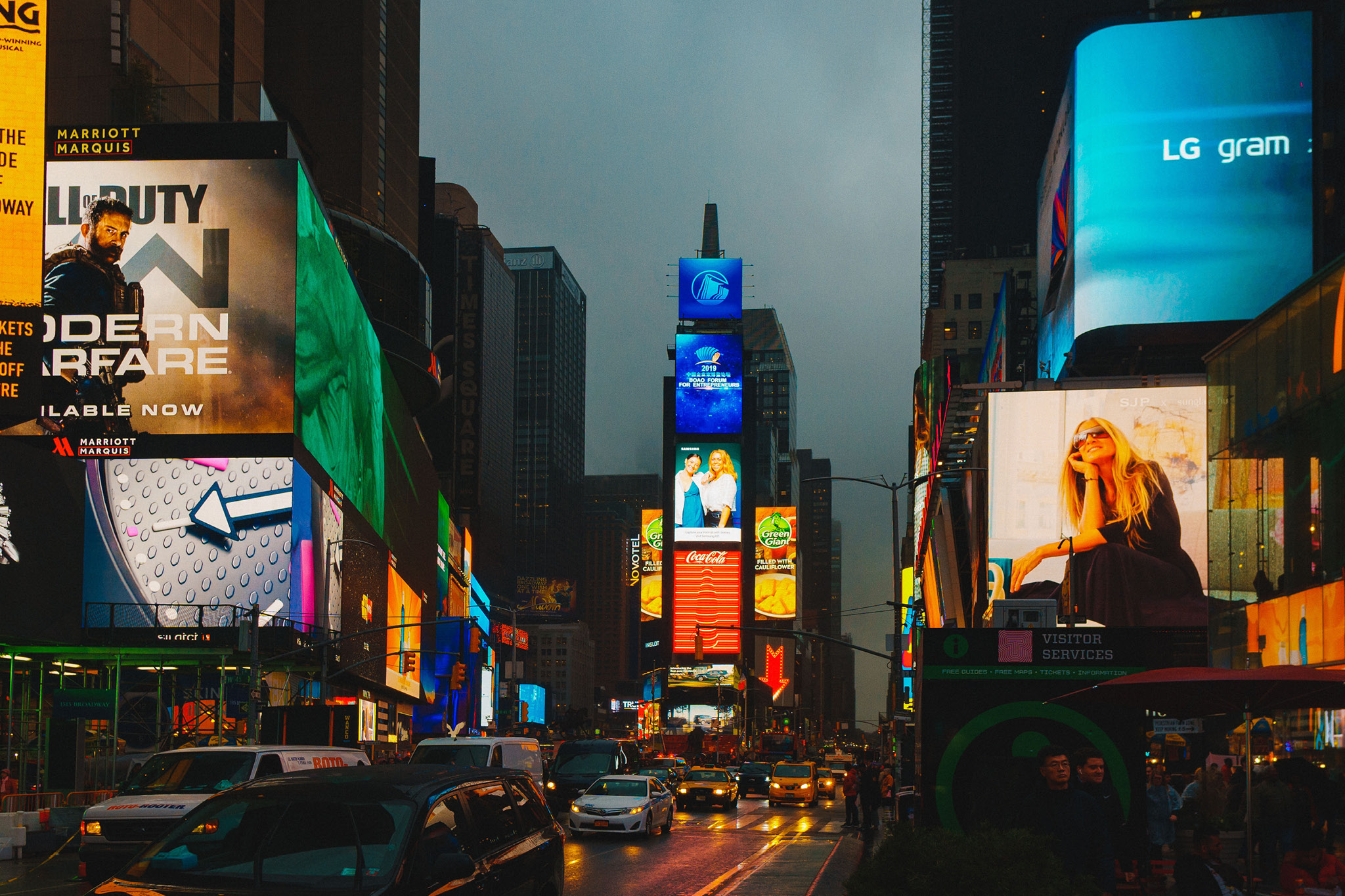Exploring the Impact of Viewing Perspectives on LED Panel Display Performance and Aesthetics
Exploring the Impact of Viewing Perspectives on LED Panel Display Performance and Aesthetics
Blog Article
The performance and visual appeal of LED wall displays can substantially differ based on the viewing angle. Viewing angle refers to the angle from which a viewer can observe the display while avoiding losing picture quality. This factor is crucial in multiple environments, such as in residences, workplaces, and community spaces. Comprehending how observation perspectives impact LED wall displays helps consumers and businesses make knowledgeable decisions when selecting displays for their specific needs.
A significant component of LED wall panel performance affected by observation perspectives is luminance. As the viewing angle alters, the apparent brightness of the panel can diminish. This is particularly evident in panels that are not engineered for broad observation perspectives. For instance, a viewer positioned straight in front of an LED wall panel may see rich and bright colors, while someone viewing from the side may notice a considerable decline in brightness and color accuracy. This problem can restrict the efficacy of the display in shared environments, making it crucial to choose panels with wider observation perspectives for such uses.
Hue uniformity is an additional critical factor affected by viewing angles. Different LED wall panels use different technologies to show colors, resulting in diverse levels of color fidelity across different angles. When observing an LED wall panel from an angle, hues may seem altered or washed out. This inconsistency can be especially problematic in professional environments, such as marketing or presentations, where precise color depiction is crucial. Choosing panels that preserve color accuracy across a broad range of angles can enhance the general viewing experience.
In addition to performance elements, visual quality are also impacted by observation perspectives. LED wall panels are often used as decorative elements in modern design and interior decor. When positioned in a site where observers will see the panel from various perspectives, the total visual impact can change dramatically depending on the panel's features. A panel that looks stunning from the fore may not have visite site the same attractiveness when viewed from the side. Thus, architects must take into account the viewing angles when designing installations to guarantee that the aesthetic quality is maintained from all perspectives.
Ultimately, it is crucial to consider the type of setting in which the LED wall panels will be employed. In settings like sports arenas, musical halls, and big public spaces, a wide viewing angle is vital to guarantee that all viewers can enjoy the display's content. In contrast, in compact environments like home theaters, the viewing angle may be less important, as observers typically sit directly in front of the display. By evaluating the specific needs and settings for LED wall panels, users can choose displays that enhance both performance and aesthetics, providing a more pleasurable more helpful info viewing experience for everyone.